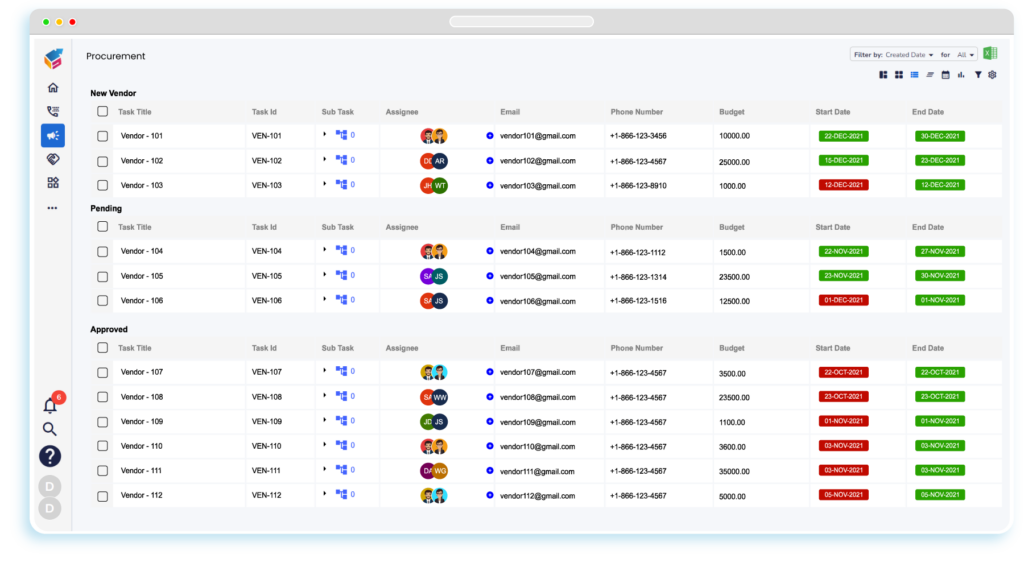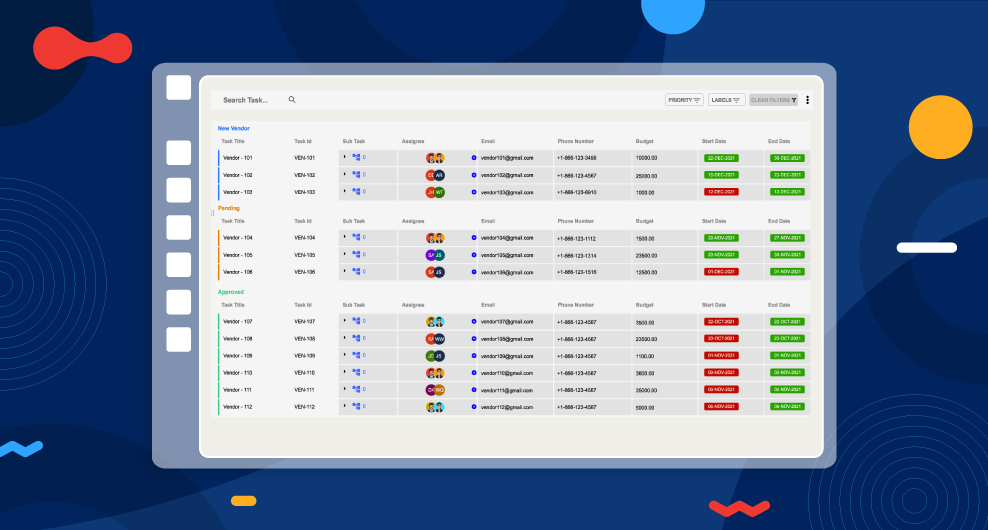Table of Contents
Supply chain management involves overseeing the entire production process of goods or services, from raw materials to final delivery. It entails creating networks of suppliers to facilitate the movement and delivery of products to end consumers. Effective supply chain management aims to reduce costs, minimize waste, and shorten lead times, ultimately optimizing the production cycle.
Analyzing partner data adds value by identifying issues, optimizing pricing strategies, and improving inventory management.
The key components of a functioning supply chain include planning, sourcing, manufacturing, delivery, and returns. Each stage requires careful coordination and management to ensure smooth operations.
A successful supply chain management system is interconnected and collaborative, with numerous variables in motion. It should also be socially and ethically conscious, adaptive to online trends, intuitive, and comprehensive in managing the entire management cycle.
Modern supply chain management emphasizes data management, service, and product solutions to enhance efficiency and profitability. Supply chain consulting and the use of technologies such as AI and blockchain enable agile and innovative workflows.
Evolution of Supply Chain Management
Modern supply chains have evolved to focus on data, services, and solutions, moving beyond the traditional emphasis on physical assets. Technologies like AI, analytics, and blockchain are now leveraged to optimize processes, enhance customer experience, and drive profitability.
Leveraging Data Analysis for Improvement
Analyzing partner data helps anticipate potential problems, dynamically optimize pricing, and improve inventory allocation. Data-driven insights enable proactive decision-making and enhance overall supply chain performance.
Key Features of Effective Supply Chain Management
Effective supply chain management is characterized by connectivity, collaboration, cyber awareness, cognitive enablement, and comprehensiveness. These features enable agile and responsive supply chain operations, enhancing overall efficiency and performance.
Significance of Effective SCM for Procurement Operations
Effective SCM streamlines processes, reduces costs, and enhances overall efficiency in procurement operations. It helps minimize inventory holding costs, mitigate risks associated with disruptions, and improve supplier relationships, ultimately contributing to the company’s bottom line.
Supply Chain Management Components in Detail
- Resource Planning: Managing resources to meet customer demand efficiently, with metrics established to ensure effectiveness and value delivery aligned with company goals.
- Supplier Selection and Management: Choosing suppliers for goods and services required for product creation, including purchase order, receiving, inventory management, and payments.
- Production Organization: Activities from raw material acceptance to product manufacturing, quality testing, packaging, and delivery scheduling.
- Distribution and Logistics Coordination: Coordinating customer orders, scheduling deliveries, dispatching loads, invoicing, and receiving payments.
- Product Returns Management: Processes for handling defective, excess, or unwanted products.
Effective supply chain management enhances a business’s reputation and long-term sustainability by serving as the primary interface between customers and consumers.
Challenges in Supply Chain Management
Challenges include inefficient communication channels, difficulty in tracking and managing support requests, and disjointed processes leading to prolonged resolution times, impacting business operations and customer satisfaction.
Impact of Challenges on Procurement Business Operations and Outcomes
These challenges significantly impact business operations and outcomes, leading to increased costs, delayed deliveries, decreased customer satisfaction, and lost revenue opportunities. Poor supplier relationships and communication breakdowns can result in quality issues or supply shortages, affecting product availability and brand reputation.
Leveraging BPM for Enhanced SCM Efficiency
Business process management (BPM) offers a systematic approach to addressing SCM challenges by streamlining workflows, automating repetitive tasks, and improving collaboration among stakeholders. BPM enables process standardization, visibility, and control, allowing procurement companies to identify inefficiencies and optimize operations.
Strategies for Overcoming SCM Challenges with BPM
Implementing BPM in SCM requires meticulous planning and execution. Begin by conducting a thorough assessment of current SCM processes to pinpoint areas for improvement.
Collaborate with cross-functional teams to establish clear objectives and goals for BPM implementation. Invest in training and change management initiatives to secure buy-in from stakeholders and ensure a seamless transition.
Utilize BPM tools to automate repetitive tasks, enhance communication, and monitor performance metrics for continual optimization.
Addressing unique pain points in procurement SCM involves customizing BPM strategies to specific challenges.
For example, if vendor management is a major issue, focus on integrating BPM workflows for demand forecasting, vendor optimization, and supply replenishment.
Engage closely with suppliers to establish efficient data-sharing mechanisms and streamline procurement processes.
Highlight the importance of flexibility and scalability in BPM solutions to adapt to evolving business needs and market dynamics.
Regularly assess and adjust BPM strategies to align with changing SCM requirements and industry trends.
In conclusion, leveraging BPM solutions is essential for procurement companies to optimize operations, cut costs, and improve customer satisfaction. By tackling SCM challenges with BPM, organizations can streamline workflows, enhance transparency, and boost efficiency across the supply chain.

Implementing tailored BPM tools empowers companies to overcome obstacles and achieve sustainable growth in today’s competitive environment.




